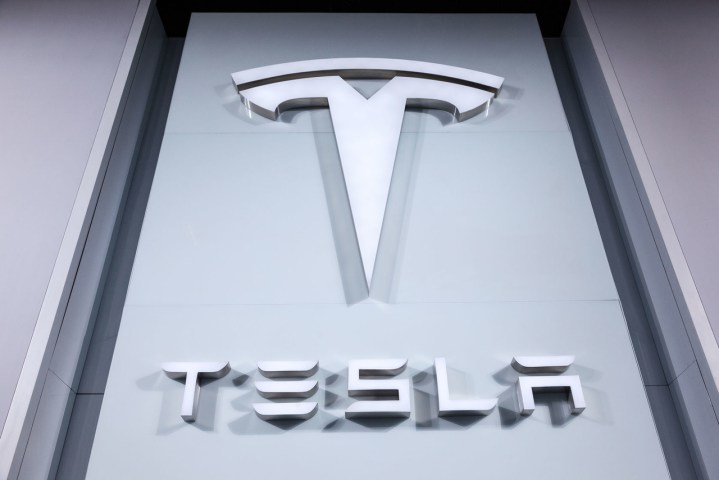
SolarCity has 45 days to find another more suitable mate, in what’s called a “go-shop” period. During that period SolarCity can actively solicit other proposals. As of September 14, 2016, however, no more suitors are allowed. The Securities Exchange Commission also has to approve the deal. Once those hurdles are crossed, the “disinterested” shareholders will vote, with a majority vote is required from each company. Non-disinterested shareholders include Elon Musk, the largest shareholder of each company — he and others who have shares in both companies will not be voting.
The terms of the deal, which will be an all-stock transaction, are based on calculated 5-day stock price averages. Since Tesla is buying SolarCity, for each share of SolarCity shareholders would receive 0.110 shares of Tesla common stock. That puts the value of the entire deal at $2.6 billion.
The point of the buyout is to combine the two companies into Musk’s plan all along for a “vertically integrated sustainable energy company.” Together the companies will create, “fully integrated residential, commercial and grid-scale products that improve the way that energy is generated, stored and consumed.”
In the joined company, SolarCity solar power systems will work with Tesla’s growing range of Powerwall and Powerpack energy storage products and customers will have a single point of contact for installation and service for energy capture and storage. For Tesla car, SUV, and eventual truck owners, the same firm will charge their vehicles.
The joint company is expected to save $150 million in the first year by lowering costs and improving efficiency. Tesla’s current 190 retail stores will provide additional solar system outlets and SolarCity will benefit from Tesla’s international reach and presence.



